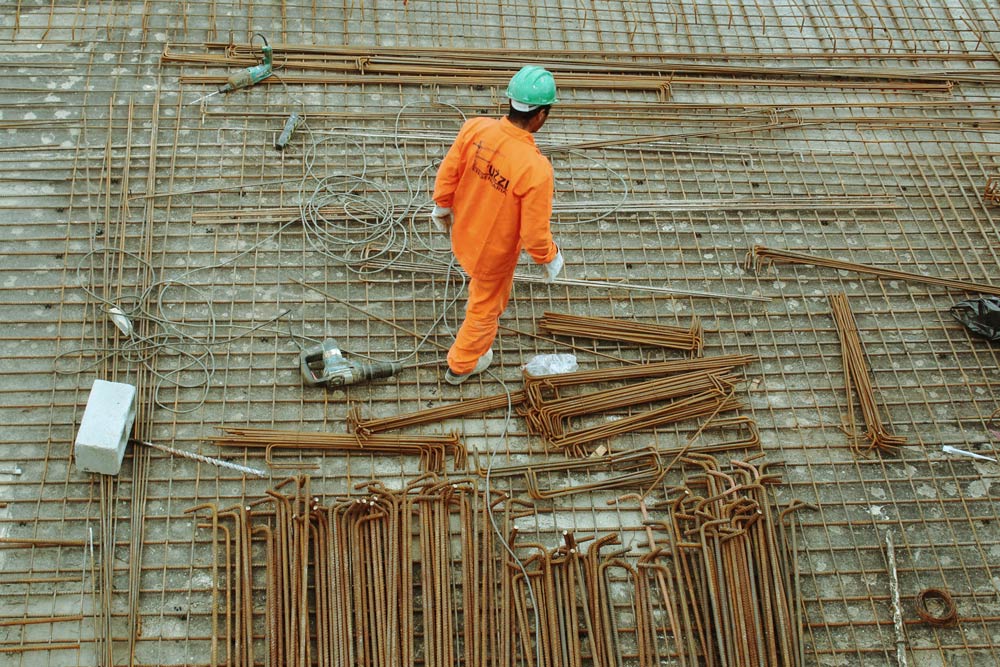DESIGNATED AREA MIGRATION
Empowering Australian Businesses with Global Talent Solution
Designated Area Migration Agreements (DAMAs) are specialized arrangements between the Australian Department of Home Affairs and regional, state, or territory authorities. These agreements are tailored to address the unique labour needs of specific regional areas across Australia. Typically, DAMAs are established for a five-year period and provide a framework for employers in these regions to access a broader range of skilled and semi-skilled workers.
Under a DAMA, regional employers can sponsor employees for visas, including the TSS 482 and the 186 visas, in occupations that are not covered by the Standard Business Sponsorship program. This includes positions that may not be classified under the Australian and New Zealand Standard Classification of Occupations (ANZSCO). DAMAs also offer potential concessions or exemptions, such as relaxed English language requirements or lower minimum salary thresholds, which can be beneficial for both employers and employees.
Since the Australian Government’s focus on regional migration began in 2019, DAMAs have become more prevalent, providing businesses in regional areas with greater access to the specific skills they need to thrive. These agreements are part of a broader effort to encourage skilled migration to regional areas, supporting local economies and addressing skill shortages effectively.
IS DAMA SUITABLE FOR YOUR BUSINESS?
If your business is in an eligible regional area and needs skills not covered by standard visa programs, a Designated Area Migration Agreement (DAMA) could be an ideal solution. DAMAs provide access to specialized skills and address local labour shortages.
Keep in mind, obtaining a DAMA involves a detailed process and requires a strong business case, including proof of skill shortages. Despite the complexity, a DAMA can significantly benefit your regional operations.
Key benefits of DAMAs include:
- Extended Occupation Lists: DAMAs enable regional employers to sponsor employees for roles that might not be available under the standard TSS 482 or Regional 494 visa programs. This includes semi-skilled positions and occupations not classified under the Australian and New Zealand Standard Classification of Occupations (ANZSCO).
- Wage Concessions: DAMAs offer potential reductions in the Temporary Skilled Migration Income Threshold (TSMIT). There are two types of concessions available:
- Type 1: Reduced TSMIT – set at a minimum of 90% of the current TSMIT.
- Type 2: Reduced TSMIT with Non-Monetary Benefits – where the reduced TSMIT is complemented by non-monetary benefits (such as food and accommodation) totalling no more than 10% of TSMIT.
- English Language Requirements: DAMAs often provide concessions on English language requirements, making it easier for applicants who may not meet the stringent criteria of the standard visa programs but are otherwise proficient in English.
- Salary Flexibility: DAMAs allow for lower minimum salary levels compared to the standard visa programs, while ensuring competitive wages for employees. This flexibility supports regional employers in meeting their staffing needs effectively.
DAMAs are a vital tool in enhancing regional migration, addressing skill shortages, and contributing to the economic development of regional Australia.


WHAT REGIONS HAVE THE DAMA IN PLACE
There are currently 13 DAMAs in place. Below is a list of those DAMAs with links to the respective DAR* websites that contain information on how to access each DAMA as well as which regions/locations/shires are covered:
Western Australia
East Kimberley, WA: East Kimberley Chamber of Commerce and Industry
Pilbara, WA: RDA Pilbara
South West, WA: Shire of Dardanup
The Goldfields, WA: City of Kalgoorlie Boulder
Western Australia: Department of Training and Workforce Development
South Australia
- Adelaide City Technology and Innovation Advancement, SA: Skilled & Business Migration
- South Australia Regional, SA: Skilled & Business Migration
Queensland
- Far North Queensland, QLD: Cairns Chamber of Commerce,
- Townsville, QLD: Townsville Enterprise Limited
Victoria
- Goulburn Valley, VIC: Goulburn Valley
- Great South Coast, VIC: Warrnambool City Council
Northern Territory
- Northern Territory, NT: Northern Territory Designated Area Migration Agreement
New South Wales
- Orana, NSW: Regional Development Australia – Orana, NSW
HOW CAN EMPLOYERS UTILIZE THE DAMA?
A Designated Area Migration Agreement (DAMA) operates through a two-part framework designed to facilitate regional employment needs. The first component is a foundational 5-year head agreement established between the Australian Department of Home Affairs and the regional authority. The second component involves individual Labour Agreements between the regional employers and the Department, based on the terms of the head agreement.
Once a DAMA is in place, it allows employers in the specified regional area to access a range of skills and concessions. This includes semi-skilled occupations or roles not listed under the Australian and New Zealand Standard Classification of Occupations (ANZSCO).
To leverage a DAMA, employers must apply to the Department of Home Affairs for a Labor Agreement. This application should identify the specific occupations and concessions required. Employers must first secure endorsement from the Designated Area Representative and then obtain approval for the Labor Agreement. They must also demonstrate genuine efforts to recruit Australian workers.
With an approved Labour Agreement, employers can then nominate eligible workers for positions under the TSS 482 visa pathway.


HOW CAN TPRC HELP?
Navigating the complexities of Labour Agreements under the Designated Area Migration Agreement (DAMA) scheme, along with related nomination and visa applications, can be intricate. Our team of registered migration agents is equipped to manage all facets of the application process for both organizations and their employees.
Our professional services include:
- Endorsement Assistance: Advising on and seeking endorsement from the Designated Area Representative.
- Labour Agreement Application: Advising on and preparing the application for a Labour Agreement.
- Negotiation: Negotiating the terms of the Labour Agreement, where possible, to align with your organization’s needs.
- Nomination and Visa Applications: Advising on and preparing nomination and visa applications.
- Recruitment of High-Quality candidates: Our ability to recruit excellent candidates is unmatched and we bring value beyond the basic search function and recruitment of candidates.
Our team understands our clients’ need for skills and productivity. Our recruitment and screening process is comprehensive. We spend time getting to know our clients recruitment needs and take candidates through the following process:
- – CV assessment
- – Initial discussion/pre-screening
- – Interview and agency introduction
- – First technical assessment
- – Document preparation for Trades Recognition Australia (TRA) – if required
- – Second technical assessment and profiling
- – Final interview and placement
For more information on our unique hiring process please click https://tprc.com.au/overseas-recruitment-process/
- Employment Offer Preparation: Assisting with the preparation of employment offers and contracts to meet immigration requirements.
- Department Communication: Acting as the liaison with the Department of Home Affairs on behalf of the employer and visa applicant until a decision is reached.
Our expertise ensures a streamlined process, allowing you to focus on your business while we handle the complexities of DAMA-related applications.
To discuss how we can assist you with the various applications under the DAMA scheme, please click here to contact The Philippines Recruitment company